|
I am a 5th year PhD student in Computational Imaging Group (CIG) from Computer Science and Engineering Department at Washington University in St. Louis (WashU), supervised by Prof. Ulugbek Kamilov and Prof. Hongyu An. Before starting my PhD, I received the M.Sc. degree in Computer Science, in 2020, also from WashU, and the B.Sc. degree in Automation from South China University of Technology, Guangzhou, China, in 2018. My research interests are computational imaging, machine learning, computer vision, inverse problems, optimization and medical imaging. My research focuses on algorithms designs and theoretical analysis for deep learning-based computational imaging. My work lies at the intersection of computational imaging, computer vision, machine learning, optimization, image processing, and physics. I am passionate about incorporating cross-domain knowledge to develop the state-of-the-art computer vision and generative AI models to solve the real-world challenging problems for various imaging systems as well as establishing theoretical analysis. My research topics include image reconstruction/restoration, inverse problems, diffusion models, image registration, self-supervised learning and correction of physical model uncertainty. Email / CV / Linkedin / Google Scholar |

|
|
2025/07: One paper on SPECT image denoising using diffusion models got accepted to Medical Image Analysis (MEDIA).
|
|
My complete publications are available at google scholar. (* denotes co-first authors) |
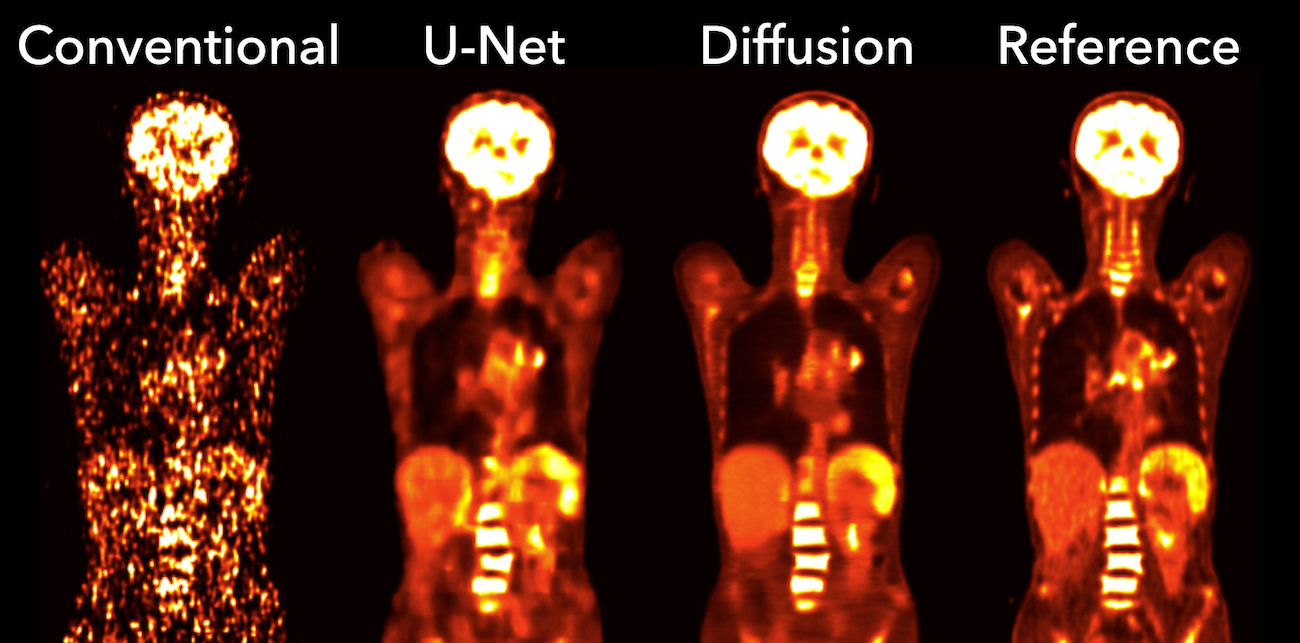
|
Weijie Gan*, Huidong Xie*, Bo Zhou, Xiongchao Chen, Qiong Liu, Xueqi Guo, Liang Guo, Hong An, Ulugbek Kamilov, Ge Wang, Chi Liu arXiv arXiv A SOTA diffusion model for 3D ultra low dose whole-body PET denoising. |
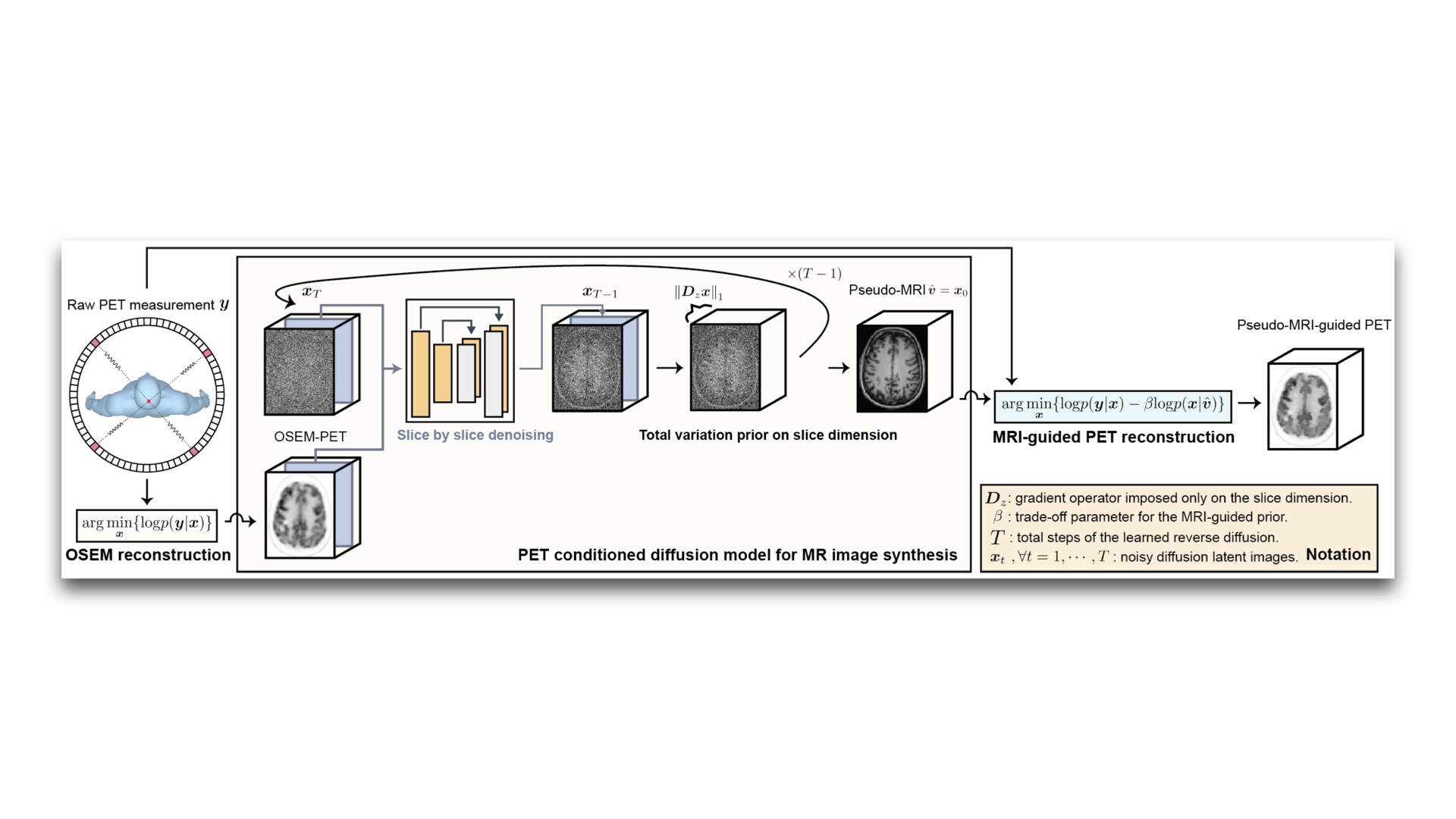
|
Weijie Gan, Huidong Xie, Carl Von Gall, Günther Platsch, Michael T Jurkiewicz, Andrea Andrade, Udunna C Anazodo, Ulugbek Kamilov, Hong An, Jorge Cabello IEEE Transactions on Radiation and Plasma Medical Sciences, 2025 arXiv A diffusion model for PET-to-MRI image translation for MRI-guided PET image reconstruction. |
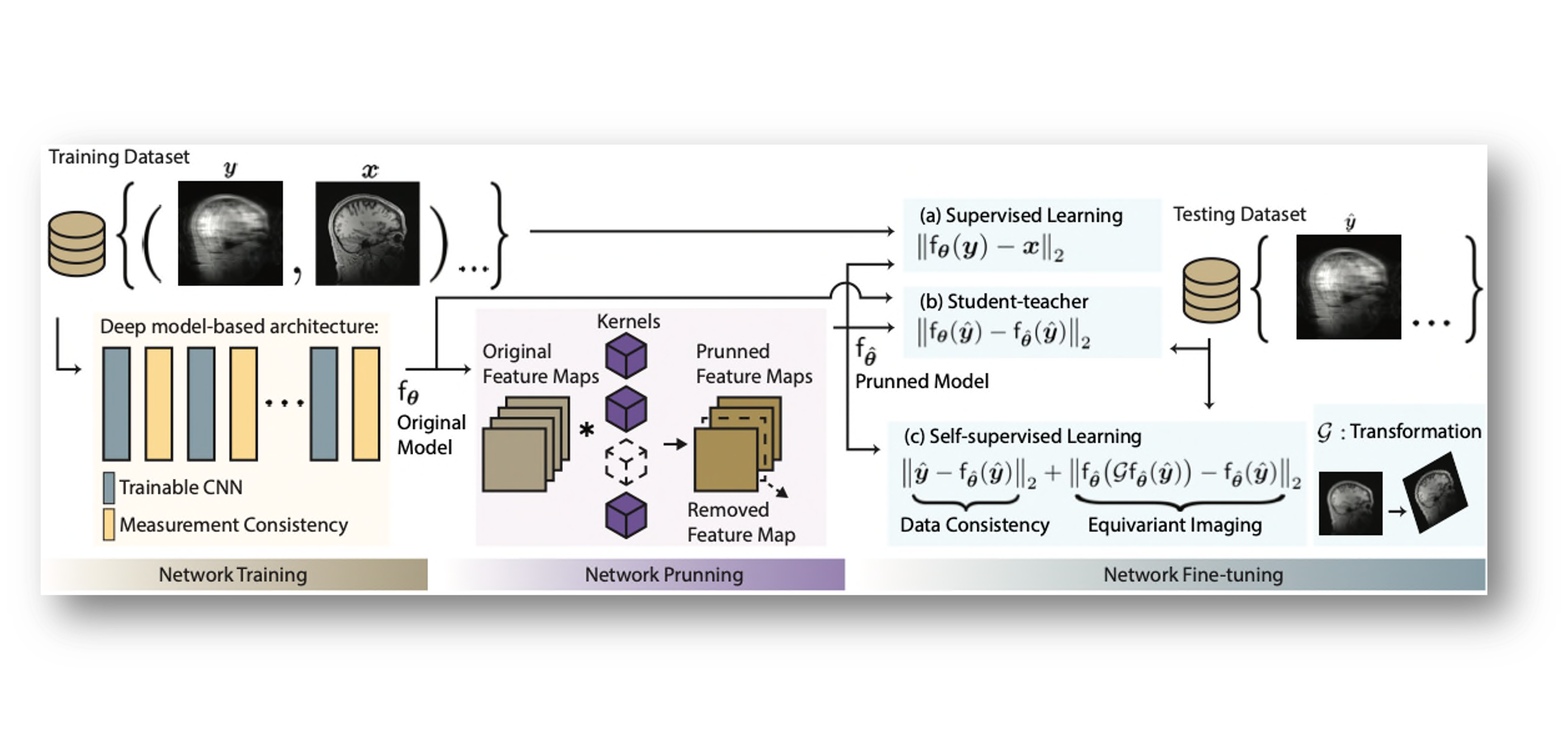
|
Weijie Gan*, Chicago Park*, Zihao Zou, Yuyang Hu, Zhixin Sun, Ulugbek Kamilov Journal of Mathematical Imaging and Vision, 2025 arXiv A novel application of network pruning for efficient deep model-based networks. |
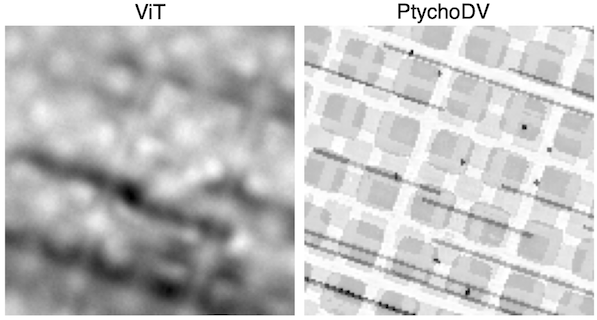
|
Weijie Gan, Qiuchen Zhai, Michael Thompson McCann, Cristina Garcia-Cardona, Ulugbek Kamilov, Brendt Wohlberg IEEE Open Journal of Signal Processing, 2024 arXiv We proposed a new ptychographic image reconstruction algorithm based on vision transformer and deep unfolding. |
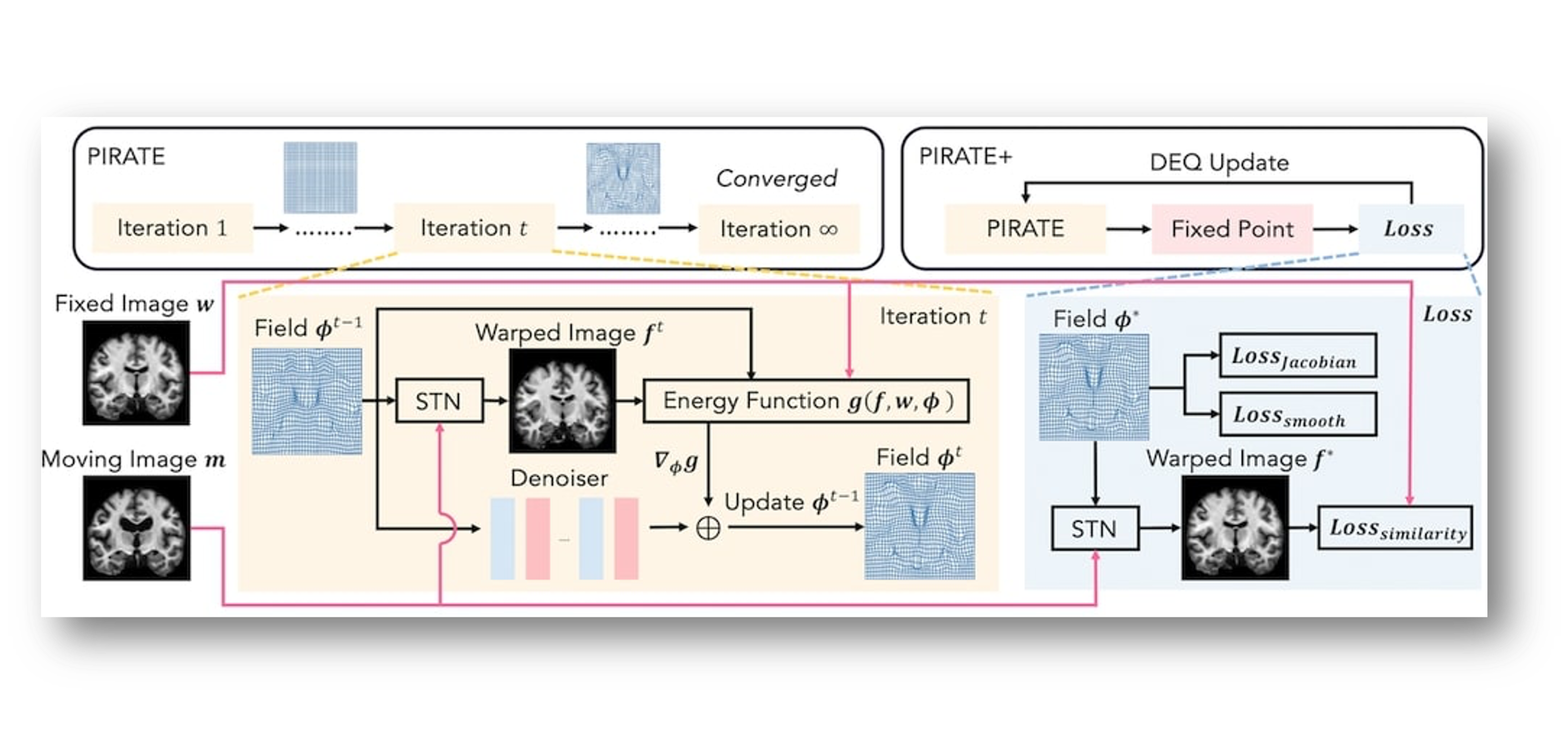
|
Weijie Gan*, Junhao Hu*, Zhixin Sun, Hong An, Ulugbek Kamilov ICLR, 2024 arXiv / project page / OpenReview The first plug-and-play method for image registration that uses a pre-trained denoiser as the prior information. |
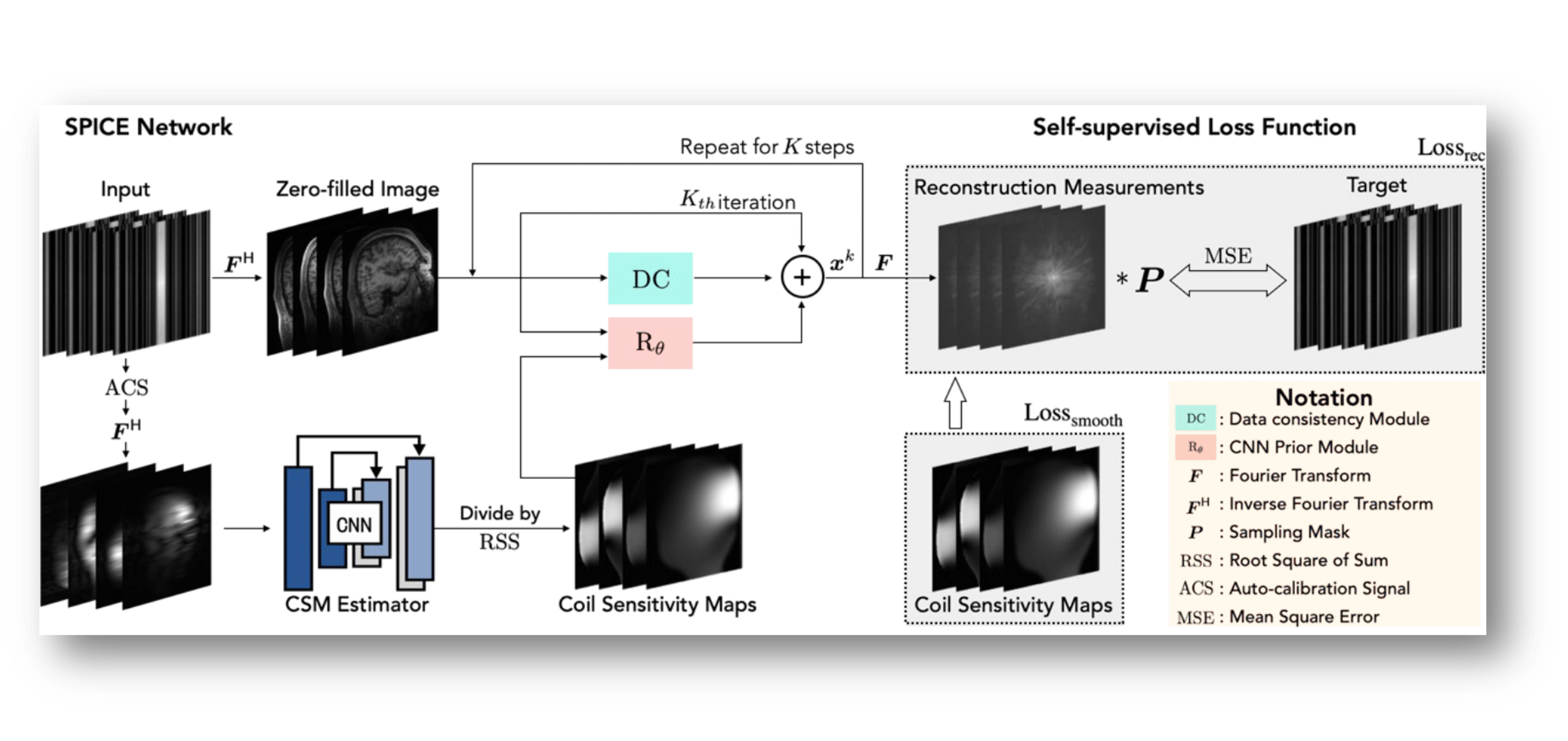
|
Weijie Gan*, Yuyang Hu*, Chunwei Ying, Tongyao Wang, Cihat Eldeniz, Jiaming Liu, Yasheng Chen, Hong An, Ulugbek Kamilov Magnetic Resonance in Medicine (MRM), 2024 arXiv / project page The first self-supervised method for automatic coil sensitivity calibration in MRI. |
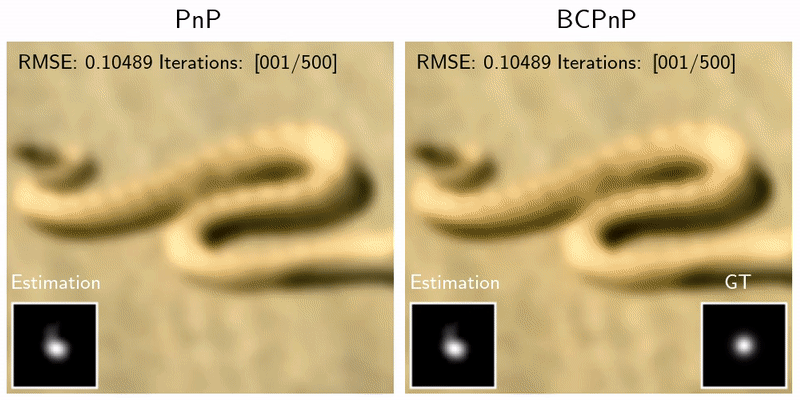
|
Weijie Gan, Shirin Shoushtari, Yuyang Hu, Jiaming Liu, Hong An, Ulugbek Kamilov NeurIPS 2023 arXiv / NeurIPS / project page A block-coordinate PnP method with theoretical analysis for blind inverse problems. |
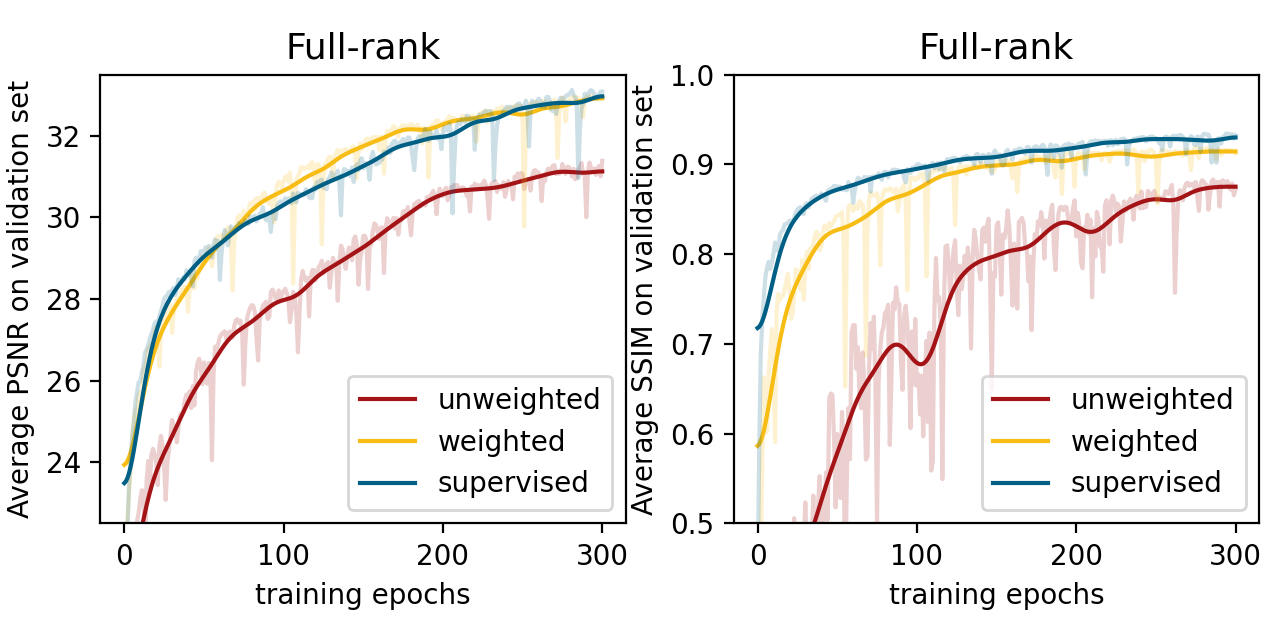
|
Weijie Gan, Chunwei Ying, Parna Eshraghi, Tongyao Wang, Cihat Eldeniz, Yuyang Hu, Jiaming Liu, Yasheng Chen, Hong An, Ulugbek Kamilov IEEE Transactions on Computational Imaging, 2023 arXiv / IEEE First to propose self-supervised learning for deep equilibrium model with theoretical guarantees. |
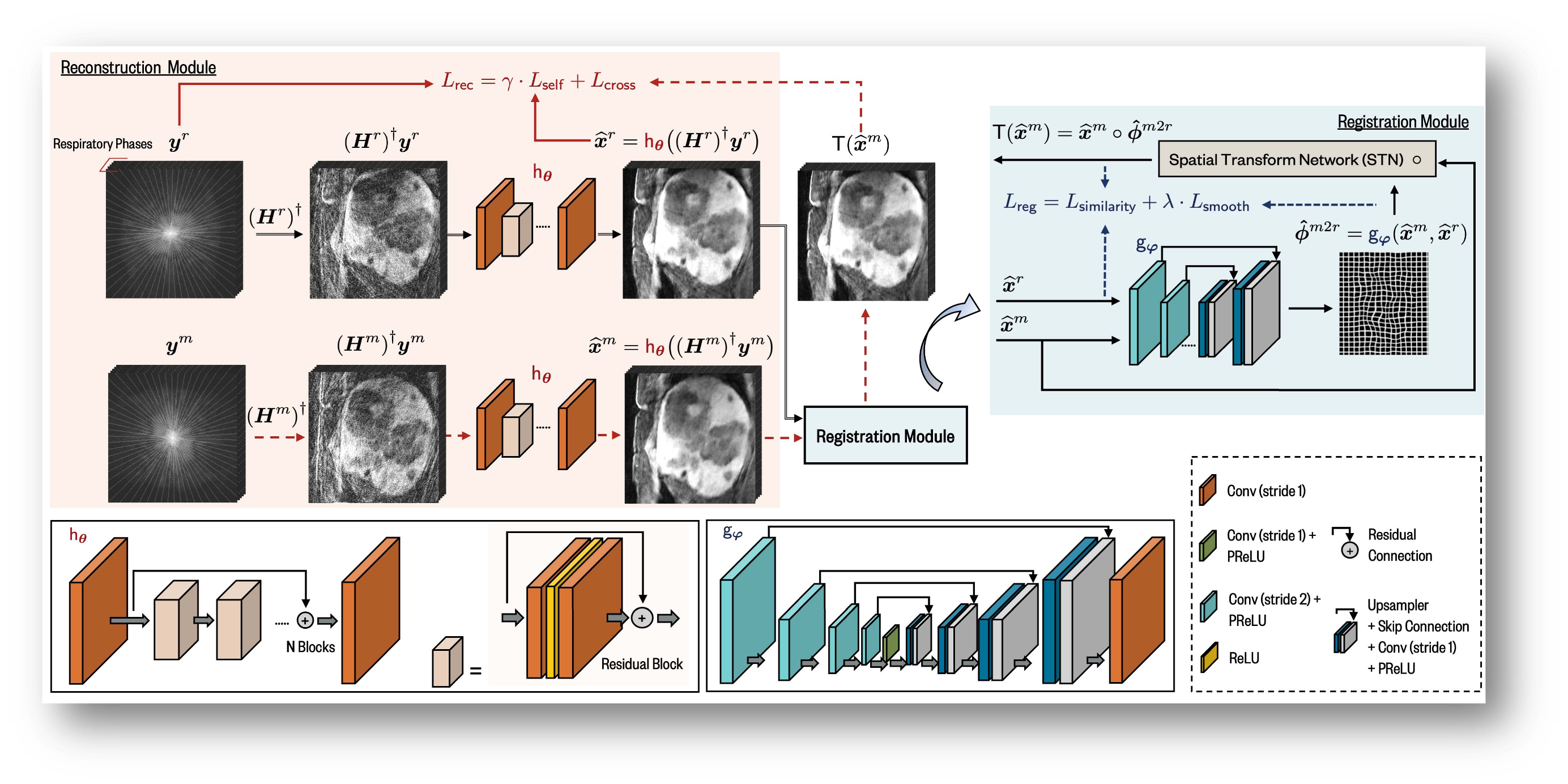
|
Weijie Gan, Yu Sun, Cihat Eldeniz, Jiaming Liu, Hong An, Ulugbek Kamilov IEEE Transactions on Medical Imaging, 2022 arXiv / project page Joint image reconstruction and image registration without any ground-truth supervision. |
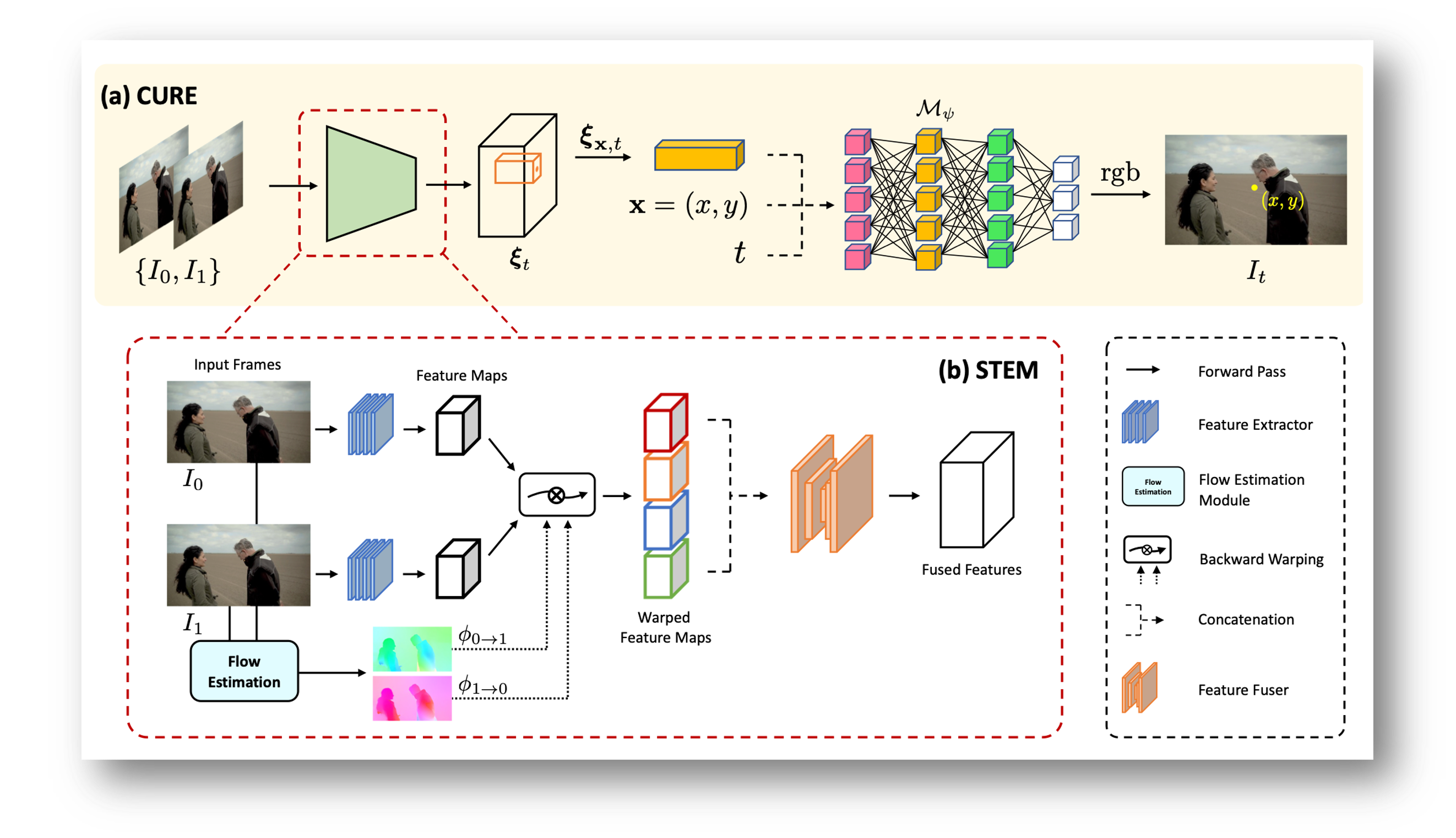
|
Wentao Shangguan, Yu Sun, Weijie Gan, Ulugbek Kamilov ECCV, 2022 arXiv / project page First to propose a video frame interpolation algorithm based on neural field that can achieve SOTA performance. |
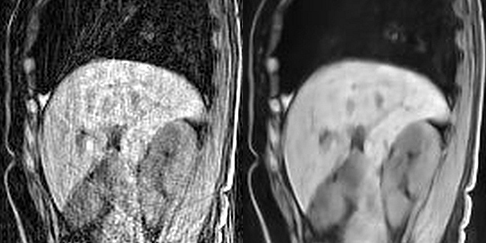
|
Weijie Gan*, Cihat Eldeniz*, Sihao Chen, Tyler J Fraum, Daniel R Ludwig, Yan Yan, Jiaming Liu, Thomas Vahle, Uday Krishnamurthy, Ulugbek Kamilov, Hong An Investigative Radiology, 2021 paper / media converge Propose a new deep learning method to boost MRI results without requiring clean training data. |
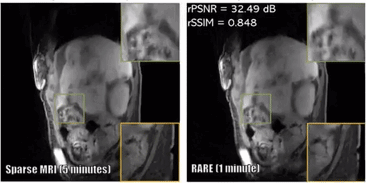
|
Jiaming Liu, Yu Sun, Cihat Eldeniz, Weijie Gan, Hong An, Ulugbek Kamilov IEEE Journal of Selected Topics in Signal Processing, 2020 arXiv Exploit statistical priors specified by artifact-removing CNNs trained without groundtruth. |
|
|
|
|
CSE554 Geometric Computing for Biomedicine , 2018Fall GitHub Proposed method with practical GUI tool to detect and track single micro-tubule movement in scan video. The tools also record the growth of target microtubule during video. |
|
|
Second Prize of South China University of Technology Division & Third Prize of the Southern China Division , May.2015 – Aug. 2016 Designed a an auto-run smart car, which could recognize a pure white road with black borders by a specifics cam-era(Linear CCD) captured only one-row data(single dimension). |
|
Template is from Here.
|